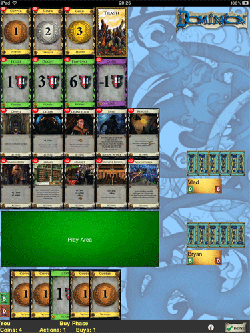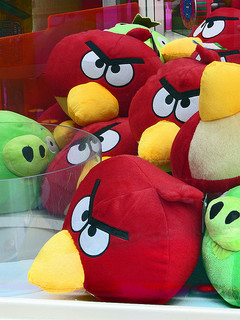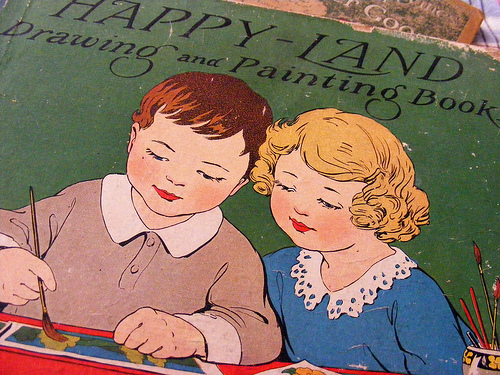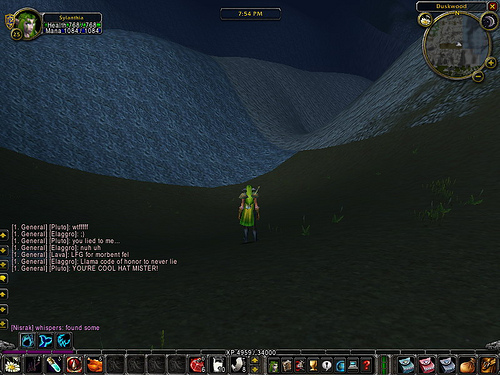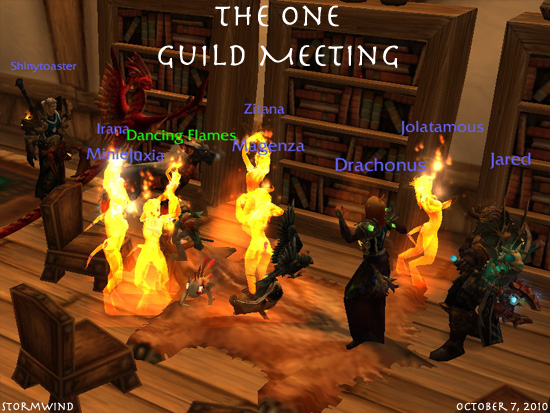I signed up today for the new George Siemens and Stephen Downes connectivism course Personal Learning Environments Networks and Knowledge 2010 (PLENK2010). This is a follow-on from last year’s massive online open course CCK09. I didn’t have much time last year for CCK09, but I did attend a few Elluminate sessions. In fact, that’s where I originated the concept of “Big OER” and “little OER” based on Martin Weller’s Pedagogy of Abundance presentation I attended as part of that course. I thought it would be interesting to lurk around the edges of the new course. The course’s description is:
In the last five years, the twin concepts of the personal learning environment (PLE) and personal learning network (PLN) have been offered as alternatives to more traditional environments such as the learning management system (LMS) and institutionally-based courses.
During that time, a substantial body of research has been produced by thinkers, technologists and practitioners in the field. Dozens of studies, reviews, conference presentations, concept papers and diagrams are now available.
The purpose of this course will be to clarify and substantiate, from the context of this new research, the concepts of personal learning environments and networks. Course facilitators and participants will analyze the research literature and evaluate it against their own experience with the intent of developing a comprehensive understanding of personal learning environments and networks.
Downes, Siemens, and Cormier (2010)
The course just kicked off this week and the first topic involves social networks, personal learning networks, and personal learning environments. While I was reading through some of the postings on PLEs versus PLNs, it suddenly occurred to me that a massively online open course, especially one with this kind of structure, is not too dissimilar to the learning that occurs in MMORPGs. In fact, I’d argue that good game players need to construct their own personal learning networks in order to understand the game and improve their playing. They’re both about social construction of knowledge.
I think a great idea for a paper is contrasting the formal and informal learning networks people build in an MOOC like PLENK2010 and in MMORPGs. It could even be fleshed out with some interviews with 4 or 5 players about how/what they use during the course of game playing. I envision it should be possible to construct some GPLN (game player learning network) diagrams similar to the PLN diagrams that Scott Leslie collected. Here, for example, is Martin Weller’s PLN:
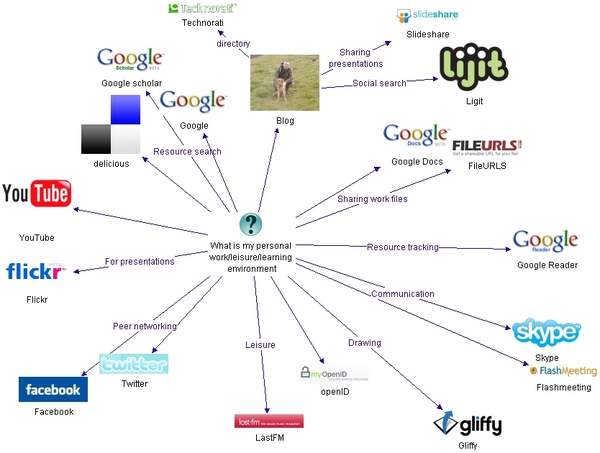
I could make a similar diagram for myself, but with a specific game-playing focus. I’m sure I could easily entice some other, more hard-core players, to make similar diagrams, if not as actual graphics at least as a list. I really think there is something here. The key point though is, even if there is, what does it mean if there is a similarity? That I don’t know. Any ideas?
Downes, S., Siemens, G. & Cormier, D. (2010) Personal Learning Environments Networks and Knowledge ~ PLENK 2010, [online] web site. Available from: http://connect.downes.ca/



